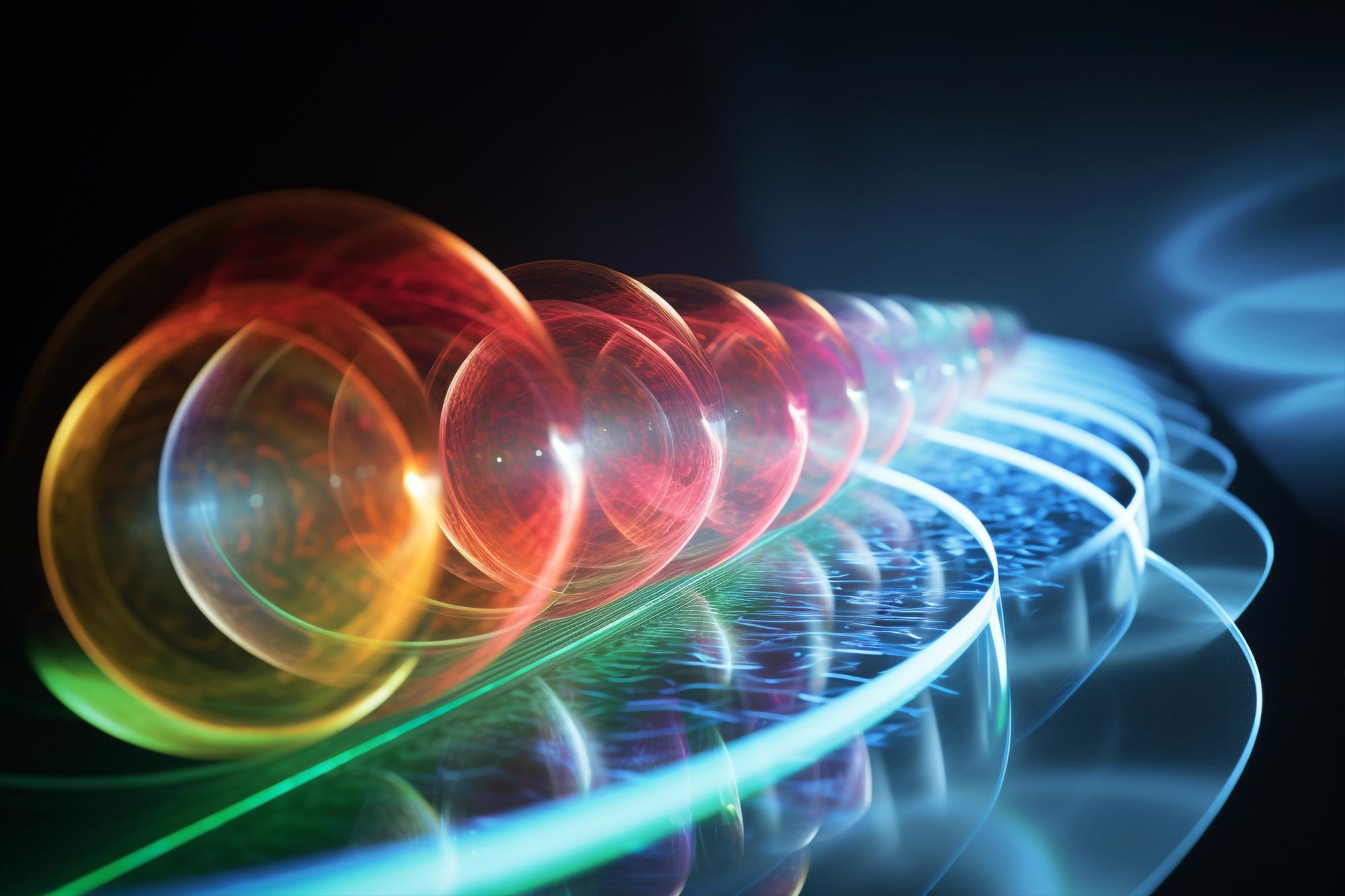

Scientists have manipulated light to behave as if it were affected by gravity using deformable photonic crystals, opening up advances in optics and 6G communications.
Manipulating the behavior of light with false gravity
A collaborative group of researchers has manipulated the behavior of light as if it were under the influence of gravity. The results were published in the journal Physical review a on September 28, 2023, will have far-reaching implications for the world of optics and materials science, and have significance in the development of 6G communications.

Conceptual image of deformable photonic crystal and photonic crystal. Credit: K. Kitamura et al.
Einstein’s theory and false gravity
Albert Einstein’s theory of relativity has long proven that the path of electromagnetic waves—including light and terahertz electromagnetic waves—can be deflected by gravitational fields. Scientists have recently predicted theoretically that replicating the effects of gravity – that is, pseudo-gravity – is possible by deforming crystals in the low energy (or frequency) region.
“We set out to explore whether lattice distortion in photonic crystals could produce pseudo-gravitational effects,” said Professor Kyoko Kitamura from Tohoku University Graduate School of Engineering.

Experimental setup and simulation results of the beam path in DPC. Credit: © K. Kitamura et al.
The role of photonic crystals
Photonic crystals have unique properties that enable scientists to manipulate and control the behavior of light, acting as “traffic controllers” for the light within the crystals. They are built by periodically arranging two or more different materials with varying abilities to interact with and slow down light in a regular, repeating pattern. Furthermore, pseudogravity effects resulting from adiabatic changes have been observed in photonic crystals.
Kitamura and her colleagues modified photonic crystals by introducing lattice distortion: a gradual distortion of the regular spaces between elements, disrupting the lattice-like pattern of the proton crystals. This manipulated the light band structure of the crystals, resulting in a curved beam path in the middle – just like a light beam passing through a massive celestial body such as Black hole.

The experimental results, with the transmission difference between port B and C clearly show the beam bending in DPC. Credit: K. Kitamura et al.
Details of the experiment and its implications
Specifically, in their experiment, the scientists used a deformable silicon photonic crystal with an elementary lattice constant of 200 micrometers and terahertz waves. Experiments have successfully demonstrated the deflection of these waves.
“Just as gravity bends the path of objects, we have found a way to bend light inside certain materials,” Kitamura adds. “In-plane beam steering within the terahertz range can be harnessed in 6G communications. Academically, the results show that photonic crystals can exploit gravitational effects, opening new paths in the field of graviton physics,” said Associate Professor Masayuki Fujita of Osaka University.
Reference: “Diffraction of Electromagnetic Waves by Pseudogravity in Deformable Photonic Crystals” by Kanji Nanjyo, Yuki Kawamoto, Hitoshi Kitagawa, Daniel Hedland, Masayuki Fujita, and Kyoko Kitamura, 28 September 2023, Physical review a.
doi: 10.1103/PhysRevA.108.033522

“Web maven. Infuriatingly humble beer geek. Bacon fanatic. Typical creator. Music expert.”





More Stories
Scientists confirm that monkeys do not have time to write Shakespeare: ScienceAlert
SpaceX launches 23 Starlink satellites from Florida (video and photos)
A new 3D map reveals strange, glowing filaments surrounding the supernova